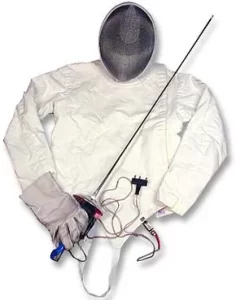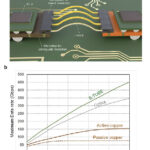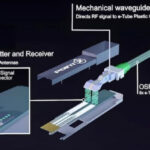If you've ever watched a fencing match or seen fencers preparing for a bout, you may have wondered: why do fencers have a cable attached to them? That seemingly simple wire plays a crucial role in how the sport is practiced and judged today. In this article, we'll dive deep into the purpose of this cable—commonly known as a body cord—and why it's essential in competitive fencing.
What Is the Cable Fencers Wear?
The cable that fencers wear is officially called a body cord. It connects the fencer’s weapon to the electronic scoring system. This cord allows hits to be registered electronically, making matches faster, more accurate, and fairer.

why do fencers have a cable attached
Why Do Fencers Have a Cable Attached?
1. To Enable Electronic Scoring
The most important reason why fencers have a cable attached is to facilitate electronic scoring. In modern fencing, simply touching your opponent with the blade isn't enough. The touch must be detected and recorded by an electric scoring machine. The body cord acts as the data pathway, transferring the signal from the weapon to the scoring box instantly.
2. To Ensure Accurate Judging
Before electronic scoring was introduced, referees relied solely on visual cues to determine hits. This often led to disputes and subjective decisions. The cable now ensures that valid touches are registered precisely when and where they occur, significantly reducing human error in judging.
3. To Connect to the Reel System
The body cord is attached to a reel, which is a spring-loaded cable management system placed behind the fencer. This allows the fencer to move freely while keeping the cable taut and out of the way. The reel also connects to the scoring machine, completing the circuit necessary for electronic fencing.
4. To Differentiate Between Valid and Invalid Hits
In fencing styles like foil and sabre, target areas are limited to certain parts of the body. The electric system distinguishes between valid and invalid hits by detecting where the blade made contact. The body cord, in combination with a lamé (conductive jacket), helps in identifying these valid hits by closing the circuit when a correct touch is made.
Components of a Fencer’s Cable System
To fully understand why fencers have a cable attached, it's helpful to know its main components:
Body Cord: Worn inside the fencing jacket and connects the weapon to the reel.
Reel and Floor Wire: A retractable wire that allows movement and connects to the scoring box.
Scoring Box: Displays valid hits with lights and sounds.
Lamé (Foil and Sabre only): A conductive jacket that helps register valid hits.
Is the Cable a Safety Hazard?
Not at all. Fencing is one of the safest Olympic sports, and the cable system is designed with safety in mind. The body cord is lightweight, flexible, and securely fastened to avoid tangling or tripping. Fencers train extensively with this setup, so it's a natural part of their gear.
Will Wireless Fencing Replace the Cable?
Wireless fencing technology does exist and is used in some training and non-competitive settings. However, most official competitions still rely on the traditional cable and reel system due to its reliability and consistency. As wireless systems improve, they may become more common, but for now, the cable remains standard.
Conclusion
So, why do fencers have a cable attached? The answer is clear: the cable is a vital component that enables accurate, real-time electronic scoring, helping maintain fairness and safety in the sport. It connects the fencer’s weapon to the scoring system, ensuring that every valid touch is counted. Whether you're new to fencing or just curious, understanding this system gives you a deeper appreciation for the sport's technical precision and elegance.
FAQs
Q: Can a fencing match happen without the cable?
A: In theory, yes, but most modern matches rely on electronic scoring, which requires the cable system.
Q: Do all fencing styles use the same cable?
A: The basic design is similar, but there are small differences in how the body cord connects depending on the weapon—foil, epee, or sabre.
Q: How long is the cable in fencing?
A: The body cord itself is short, usually about 1.5 meters. The reel allows up to 20 meters of movement for the fencer.
If you're learning fencing or just love the sport, now you know why fencers have a cable attached—it's not just a wire, but a key part of what makes modern fencing so dynamic and fair.





